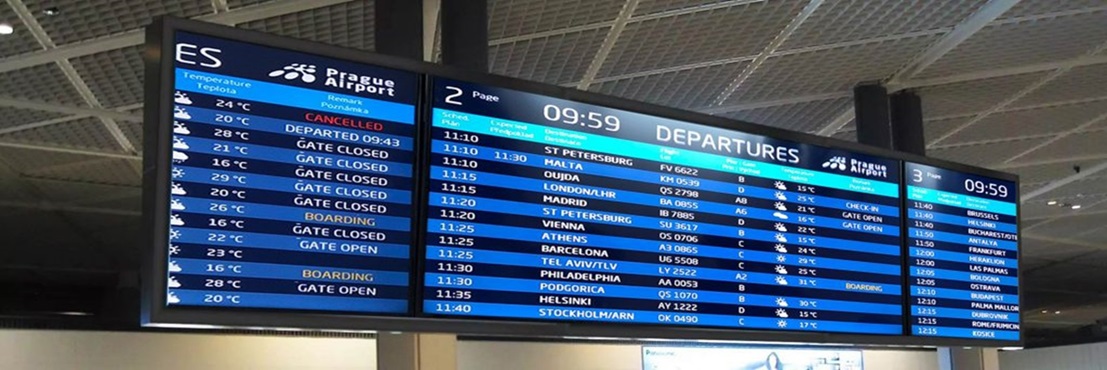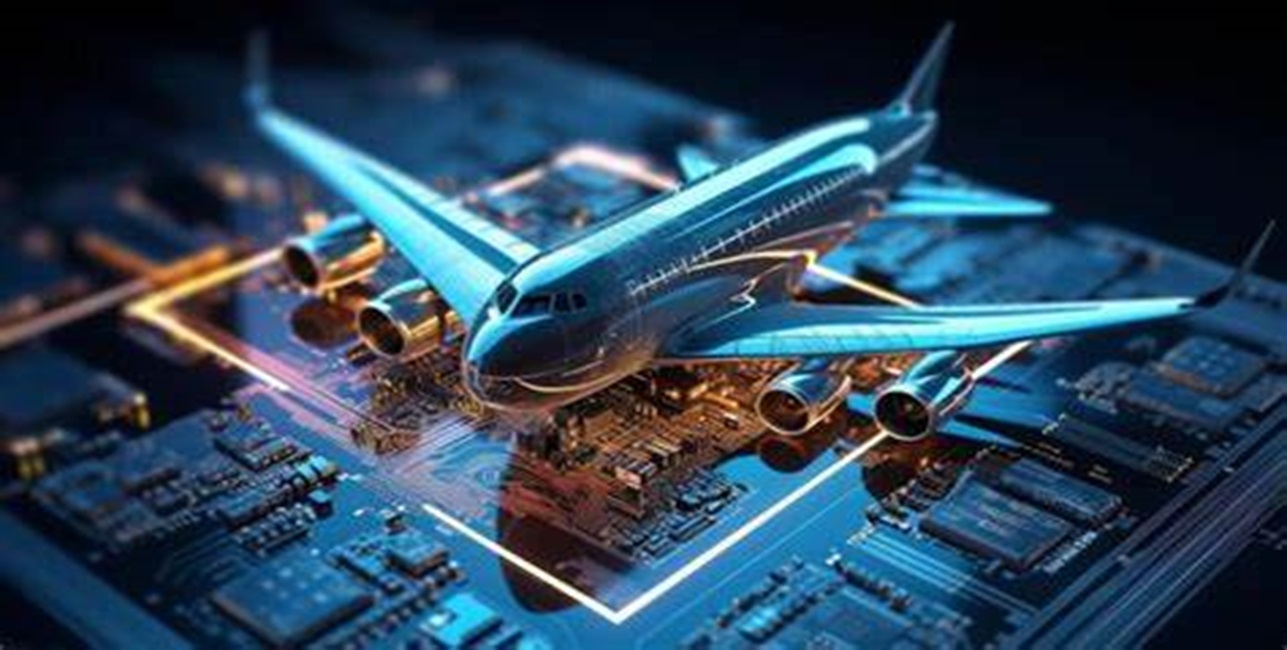
Flight Information Display System
A Flight Information Display System (FIDS) is an essential tool used in airports and transportation hubs to provide passengers with real-time flight details. These systems display important information such as flight numbers, departure and arrival times, gate numbers, delays, and baggage claim areas, all of which help travelers navigate the airport with ease. FIDS screens are typically located in high-traffic areas such as check-in counters, departure gates, baggage claim areas, and lounges, ensuring that passengers are informed at all stages of their journey.
Advanced User Interfaces
- Advanced User Interfaces (UIs) refer to the next generation of interaction systems designed to provide users with more intuitive, dynamic, and seamless ways to engage with technology. Unlike traditional UIs that rely on basic controls like buttons, keyboards, or mice, advanced UIs incorporate more sophisticated methods to create a richer, more personalized experience.
- With the increasing demand for smoother, more engaging user experiences, advanced UIs are becoming an integral part of a wide range of industries, from gaming and entertainment to healthcare and retail, where ease of use and personalization are key.


AI for Predictive Flight Updates
- The future of data systems is rapidly evolving as technology continues to advance, with a focus on greater automation, artificial intelligence (AI), and real-time data processing. As organizations generate more data, there is an increasing need for more efficient, scalable, and secure systems to handle vast amounts of information. The integration of cloud computing and edge computing will allow for faster, more decentralized data management, making data access and processing more efficient.
- Data security and privacy will continue to be top priorities, especially as regulations evolve and cyber threats grow more sophisticated. The future of data systems will also involve greater integration across platforms, enabling seamless communication and collaboration among different systems, leading to more intelligent, data-driven environments